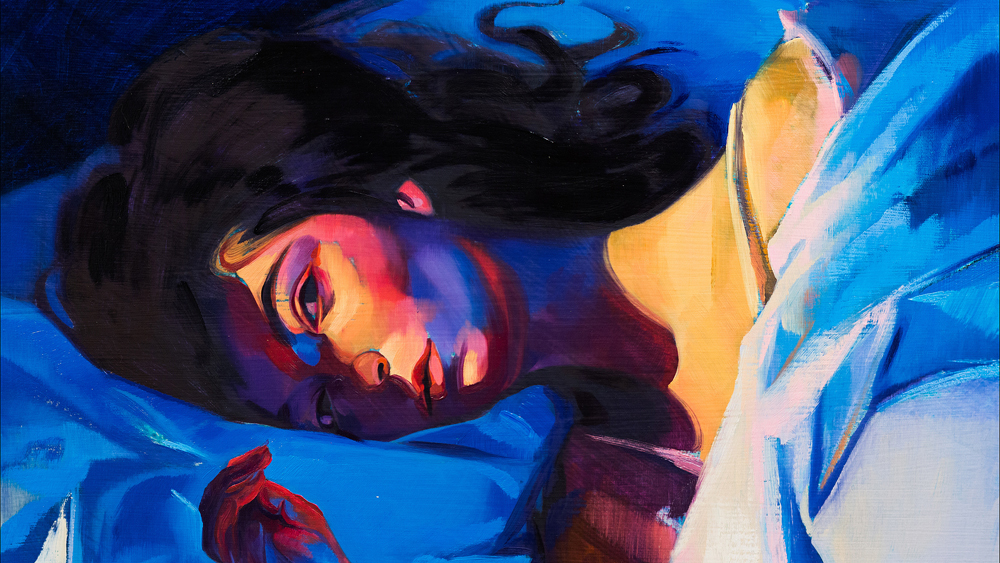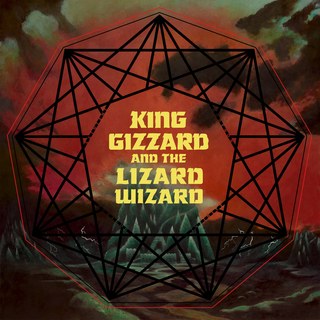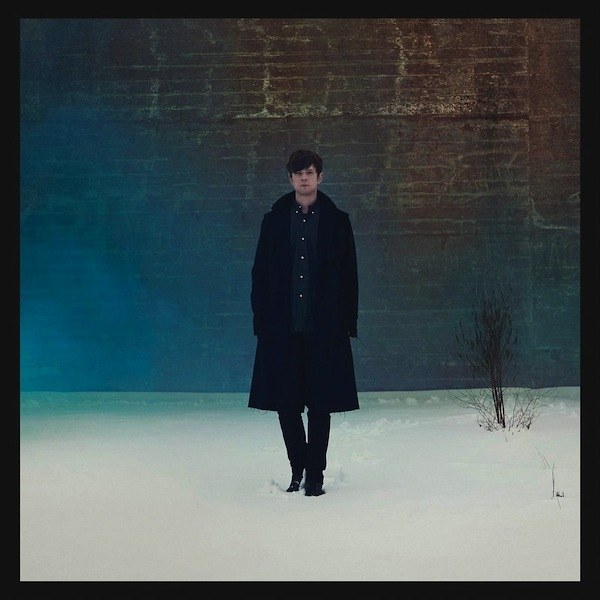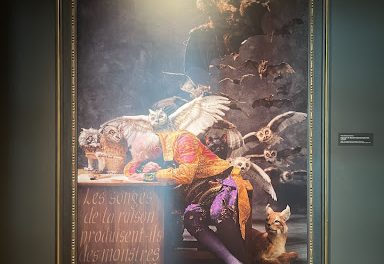Mumble rap, increased representation of underrepresented artists, viral country collabs and streaming services punctuated the world of music in the 2010s. In honor of the impactful, beloved art of the past decade, some Arts & Entertainment writers share their favorite albums of the 2010s.

Courtesy of Universal
Aidan Vick: “To Pimp a Butterfly” by Kendrick Lamar
Conceptually focused to an extent that few albums are, “To Pimp a Butterfly” is a cohesive and thoughtful meditation on fame, identity and sociopolitical issues. It’s almost cinematic in its approach to storytelling, interlacing the album’s core narrative throughout the tracks and culminating in the reading of a poem Lamar wrote that outlines the themes of the album. Lamar is at the peak of his pen game here, writing some of his most lyrically poignant songs like “The Blacker the Berry” and “How Much a Dollar Cost” while maintaining his ear for catchiness with tracks like “Alright” and “King Kunta.” The production is phenomenal as well, prominently featuring a synthesis of jazz, funk and soul samples. Lamar compromises neither scope nor accessibility, resulting in a landmark rap album that fully encapsulates the hold the genre has had on the decade, both in terms of popularity and artistry.

Courtesy of Universal
Gaby Blade: “Melodrama” by Lorde
Lorde’s sophomore album, “Melodrama,” leans into its name by embracing an intense drama created by rich smoky vocals and shimmery synth tracks. “Melodrama” is remarkable in that it shatters all expectations set by formulaic cookie-cutter pop. Even among its indie-pop contemporaries, “Melodrama” is matchless. Each song is layered with intricate production, keeping listeners entranced with unexpected samples and off-kilter rhythms. However, what makes “Melodrama” most compelling is its ability to capture the insecurity and hedonism characteristic of many people’s late teen years. As she grapples with the anxieties surrounding coming-of-age as a woman, Lorde’s lyrics beam with authenticity and intimacy. For me, “Melodrama” is a constant, cycling through my life at different periods, always offering a warm empathy. “Melodrama” is unmatched in its ability to speak to the insecurities of being a woman on the edge of adulthood. In the album, I see a compassionate reflection of my own experiences and emotions of the decade.

Courtesy of ATO
Jeffrey Rosen: Nonagon Infinity by King Gizzard and the Lizard Wizard
King Gizzard and the Lizard Wizard’s “Nonagon Infinity” is the most fun you can find in a rock record. The album features nine speedy garage rock bangers, each track segueing seamlessly into the next, yielding an infinite “nonagon” of psychedelic madness. The production is incredibly raw and gives the listener the feeling of being in a small concert hall with the amps turned to 11. Despite the lo-fi sound, you can still distinguish the skilled precision behind each song. Songs like “People Vultures” or “Evil Death Roll” are so energetic they command me to mosh whether or not I’m actually in the pit or in the library. Songs like “Wah Wah” or “Robot Stop” build up tension and explode in nine-pointed fractal of energy and violence. Lyrics often mention fighting mythical monsters or anthropomorphized vultures. The repeated chanting of “Nonagon infinity opens the door” combined with interlaced guitar refrains throughout the album give the album an amazing psychedelic-satanic-ritual aesthetic. “Nonagon Infinity” is one of the most raw, psychedelic and energetic rock albums of the decade.

Courtesy of Pitchfork
Kamryn Olds: “Lonerism” by Tame Impala
It’s difficult being a loner. As a state both passive and active, it involves a person being isolated and isolating themselves from the world around them, sometimes to great internal bliss and sometimes to great dissatisfaction. On “Lonerism,” the psychedelic alt-rock band Tame Impala explores the various facets of isolation. The first six songs of the album delve into the angst-ridden euphoria and paranoia of solitude, and the second six are a reflection on the selfishness often necessary to set oneself apart from others. “Lonerism” puts forth a contradictory assertion of seclusion and longing for companionship, a self-aware ode to the loner and a rebuke of all that loner’s ignorance. This album narrates a search for identity, which made me feel unalone in my experience of loneliness. It helped me laugh at myself and make sense of my confusion in a decade that (like many others) seemed so utterly confused.

Courtesy of Pitchfork
Shreya Pabbaraju: “Overgrown” by James Blake
“Overgrown” will sever any conception you have of genre, subverting the traditionally boisterous electronic scene with mellow soul music as Blake sings, “Show me where you fit.” “Overgrown” is a love letter to the jungle and its symbolic anarchy, evinced in allusions to a “Digital Lion” in its discography. Blake weaves diaphanous layers of beats on a loom of repetitive lyrics; you must parse through the thick of the songs, deconstructing each of its carefully crafted tracks. The lead single off the album, “Retrograde,” is a testament to the growing importance of ambience in the music industry with its dark and wordless croons, and “I Am Sold” best embodies Blake’s experiments with a lack of a traditional chorus-verse structure. If “Overgrown” was a laboratory, Blake would be the humble scientist whose hours of dedication and commitment to the project are apparent in the final amalgamation of eerie beat and Blake’s calming voice.
Aidan Vick (he/him) (22C) is from North Sioux City, South Dakota, majoring in English. He is in charge of making the Wheel’s crossword and newsletter and occasionally writes for the Arts & Entertainment and Sports sections. He enjoys indie music, basketball and chai tea.





